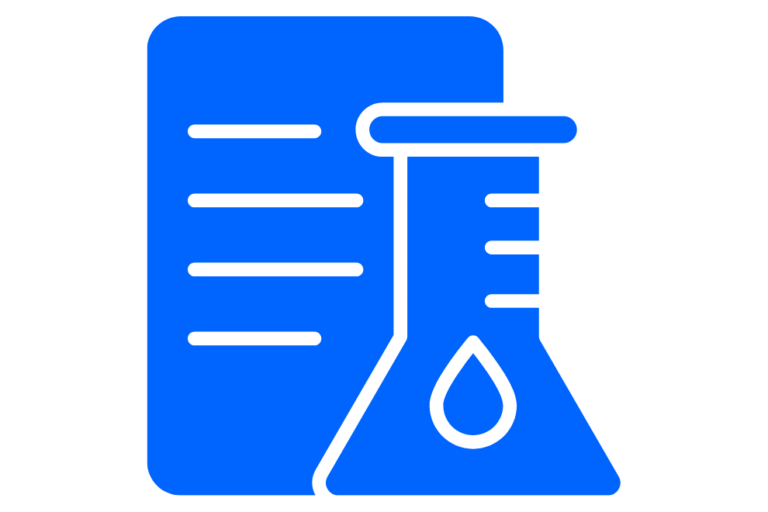Top 5 Document Control Mistakes to Avoid
Effective document control is essential for managing quality and compliance in regulated industries.
But many organizations make common document control mistakes that create risk and inefficiencies.
In this post, we cover the top 5 document control mistakes that quality and compliance professionals should avoid.
1. Inadequate Access Controls
Uncontrolled access to documents leads to potential issues like unauthorized changes, lack of accountability, and data integrity risks. Here are some access control mistakes:
- Not restricting document access to only authorized personnel
- Failing to limit certain actions like deletion to admins
- Allowing anonymous users to access documents
- Not tracking/logging user document actions
Follow document control best practices like role-based access, strict user permissions, and detailed audit logs. These controls prevent issues from unauthorized or improper document access.
2. Poor Organization & Indexing
Documents that are poorly organized and indexed become extremely difficult to find and manage over time. Common organizational mistakes include:
- Inconsistent naming conventions that use various formats
- Poor folder structure with deeply nested subfolders
- Weak metadata like descriptors, tags and custom fields
- No connection between documents and related processes/projects
Use clear naming conventions, shallow folder structures, detailed metadata, and cross-referencing to organize documents for easy retrieval.
3. Lack of Version Control
Without strong version control, it becomes nearly impossible to ensure the current and correct document version is being used. Version control errors include:
- Overwriting existing documents instead of creating new versions
- Failing to mark superseded documents as obsolete
- Using “final”, “approved” etc. in titles instead of version numbers
- Losing track of the current vs. old versions
Leverage auto versioning, custom version fields, obsolete status, and notifications to maintain control over document versions.
4. Weak Change Management
Loosely managing document changes makes it hard to track revisions and meet change control requirements. Change management weaknesses include:
- Using “track changes” instead of formal change requests
- Failing to document reasons for changes
- No review and approval workflow for changes
- Not archiving past document versions
Follow formal change management with controlled processes for request, review, approval, implementation & archival of document changes.
5. Deficient Reviews & Audits
Without proper review mechanisms, documents can become outdated, incorrect, or non-compliant over time. Review process pitfalls:
- No defined review frequency or responsibilities
- Reviews not tracked or documented
- Failing to assess documents during internal audits
- Lacking cross-departmental or independent review
Schedule regular document reviews, include documents in audits, document reviews, and leverage validation techniques like cross-functional review.
Proper document control is not easy. But avoiding these common mistakes will put your quality documentation on the path to compliance and excellence. A modern document control system with automation can also streamline processes and reduce human error.
Frequently Asked Questions
Here are some common FAQs on document control:
Effective document control is critical for regulated companies. Avoiding common mistakes, following best practices, leveraging technology and getting certified can strengthen document compliance.


